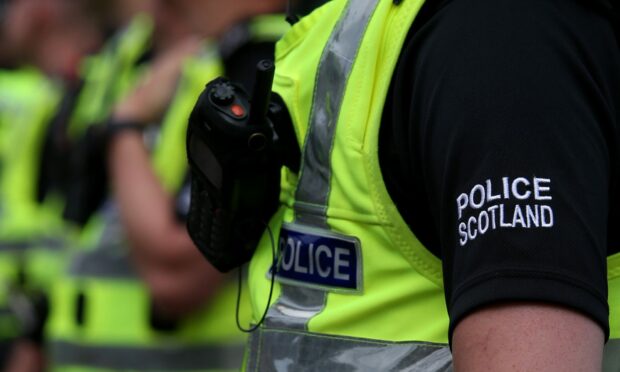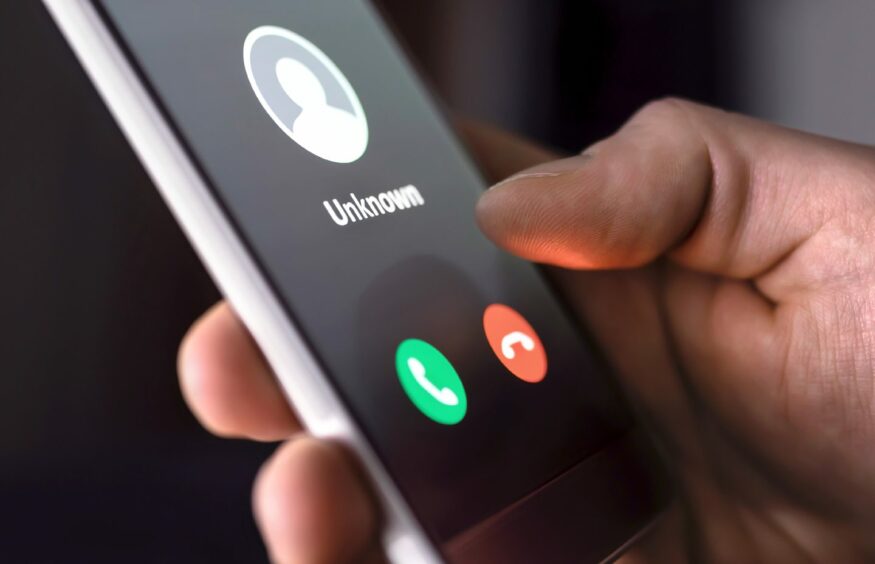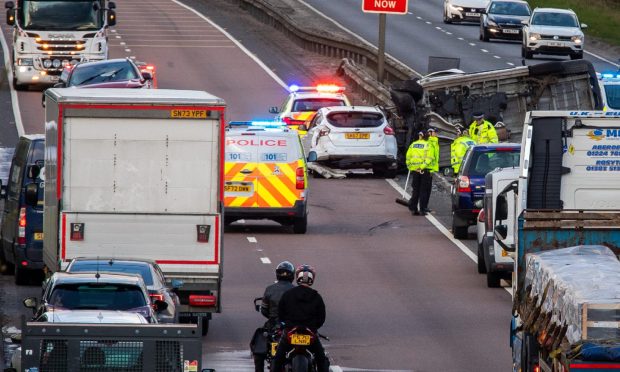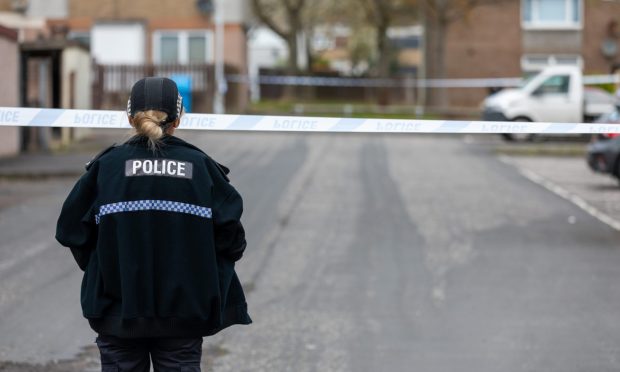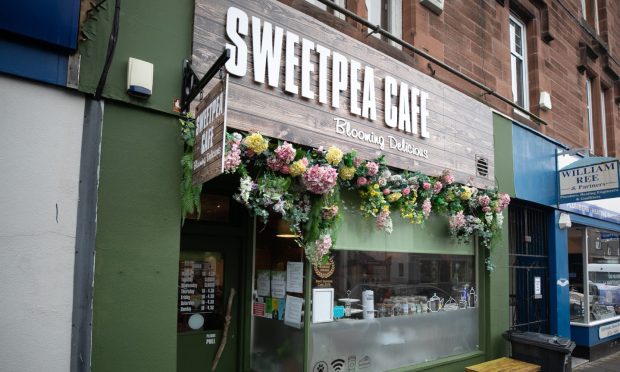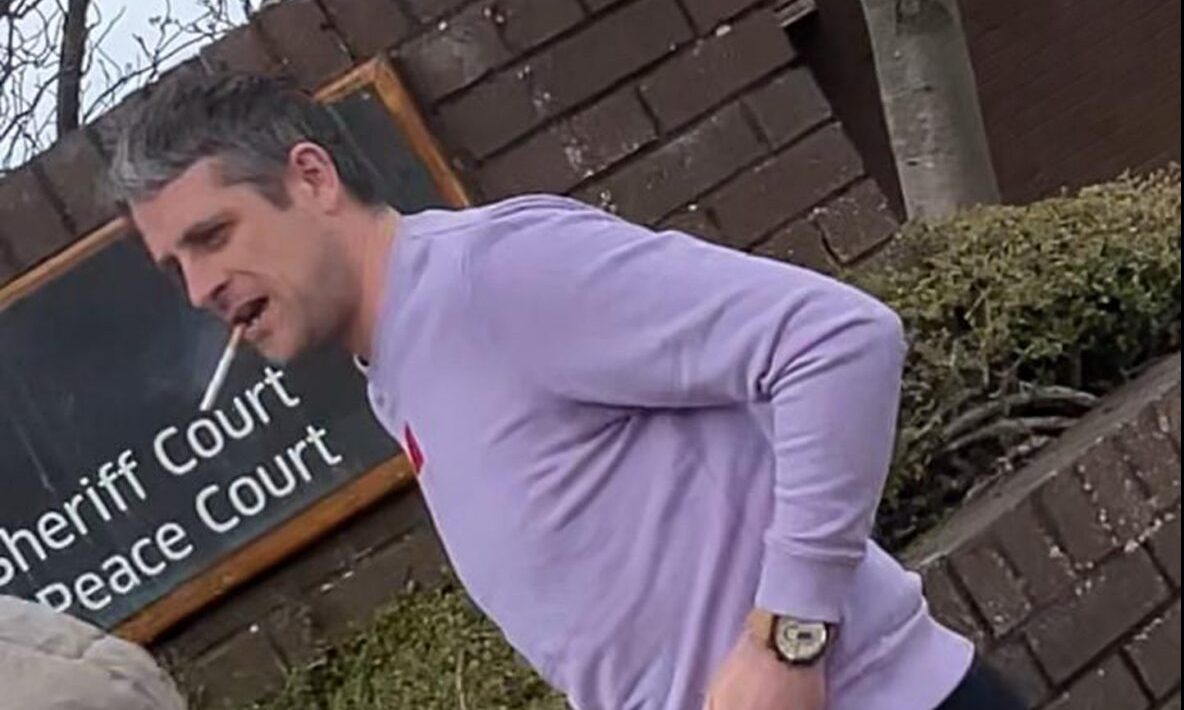Fake police officers scamming victims out of thousands of pounds are targeting people in Tayside and Fife.
Police Scotland has warned of scammers impersonating their officers to take money from people across the country.
More than £300,000 has already been taken from victims across Scotland.
The fraudsters have now targeted areas of Tayside and Fife, including Cupar, Forfar and Aberfeldy.
How does the scam work?
Police impersonators either visit homes, call or email and tell victims their bank accounts have been compromised and that they have to pay a ‘police officer’ either through cash or online transfer to recover their accounts.
Between October 2021 and January 2022, there have been around 30 reported cases of this scam.
Elsewhere in Scotland it has been reported in Motherwell, Falkirk, Dumfries, Dunblane, Kilmarnock and Stirlingshire.
How can I protect myself?
Superintendent Hilary Sloan, from Police Scotland’s partnerships, prevention and community division, has warned the public to stay vigilant of these scam calls and visits.
“While there are a number of ways police officers may look to contact you, please be mindful of this scam and always be suspicious of any unexpected contact,” she said.
“If you receive such a call, or visit, ask for the officer’s details and which department they work for.
“If the contact is by telephone, hang up and if possible use a different phone to contact the police service via 101, where you will speak to genuine members of Police Scotland and can request police officer verification.”
Superintendent Sloan also advised what to do when contacted by email.
“If you receive an email claiming to be from Police Scotland with a link to an external site to make a payment, this may also be fraudulent,” she said.
“Be aware of phishing scams and verify that any link provided is genuine.
“If you receive something claiming to be from us requesting any form of payment, contact us via 101 to investigate this matter before parting with your money.”
What are police doing?
Police Scotland is launching a roll-out of new police ID cards, making themselves more identifiable to members of the public.
The new cards have an identifying photo, key information and security enhancements.
The roll-out began in October 2021, so that officers carrying out legitimate police work can identify themselves to the public, in response to the murder of Sarah Everard by a police officer.
Anyone with information about this scam is asked to contact police on 101 or Crimestoppers on 0800 555 111.
